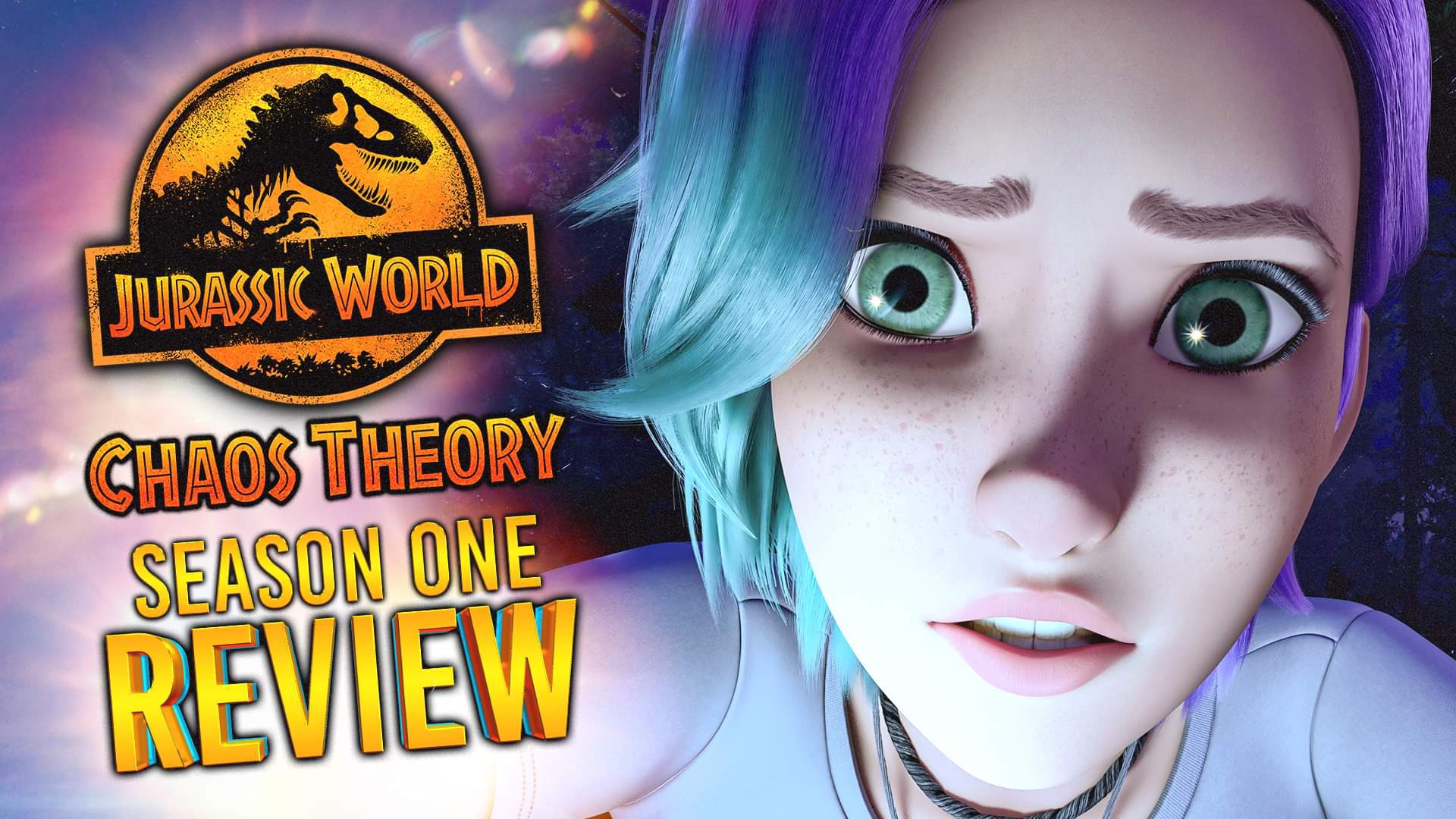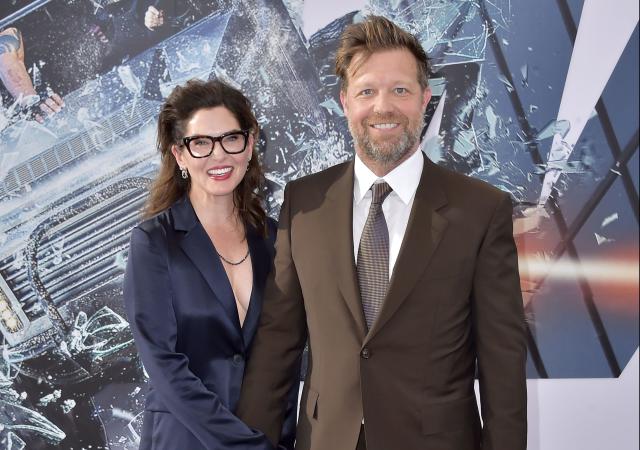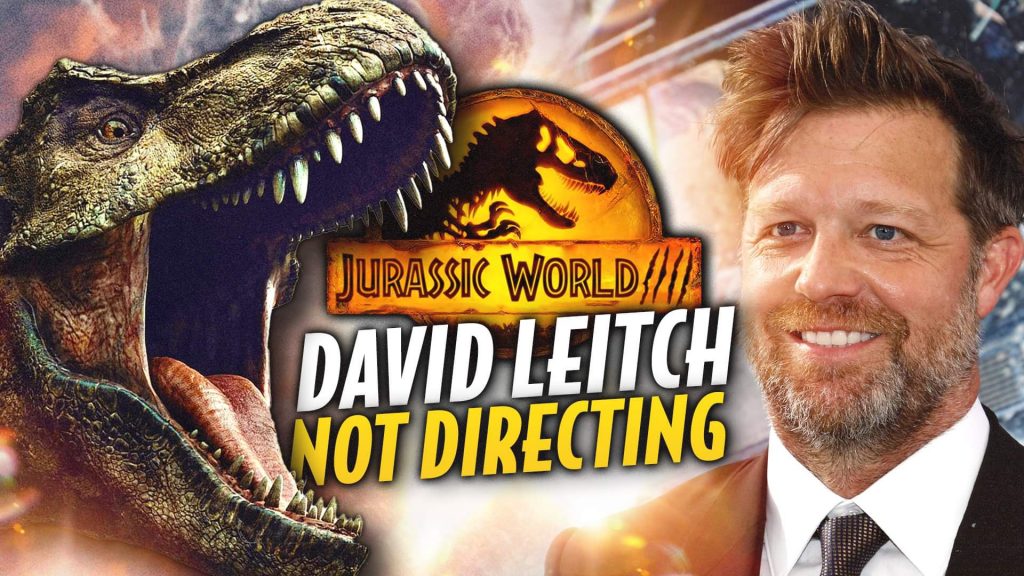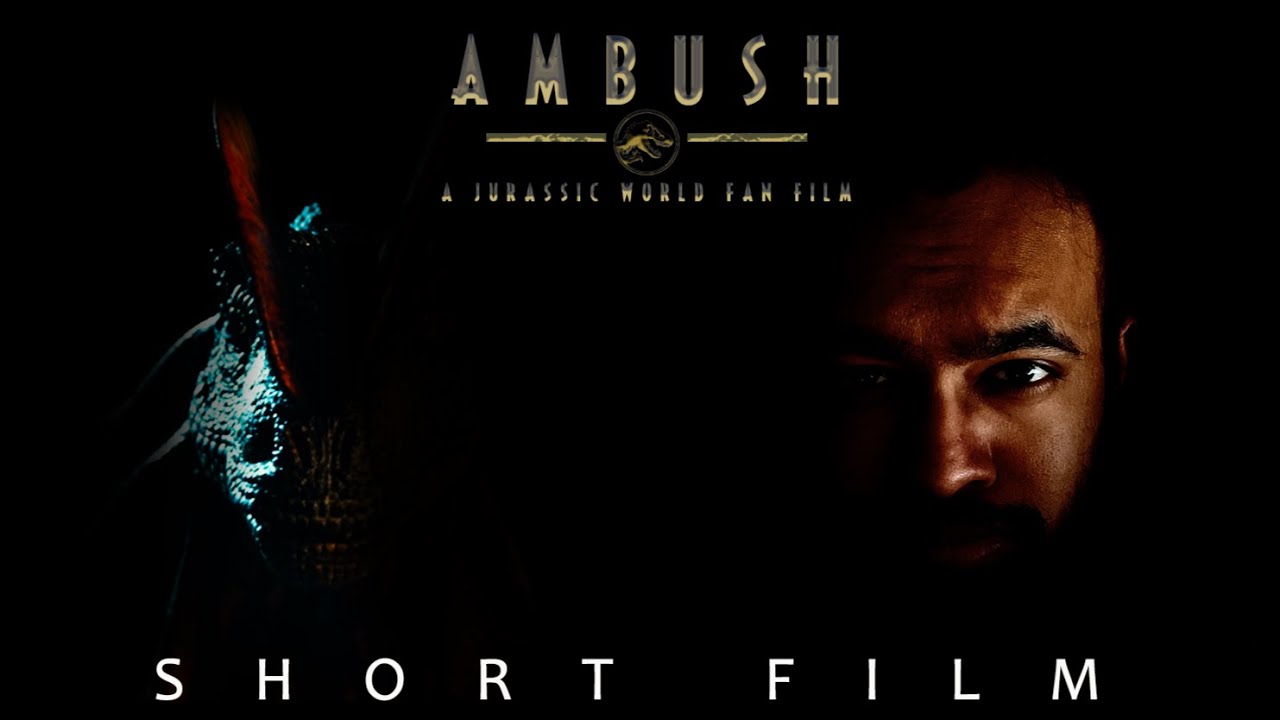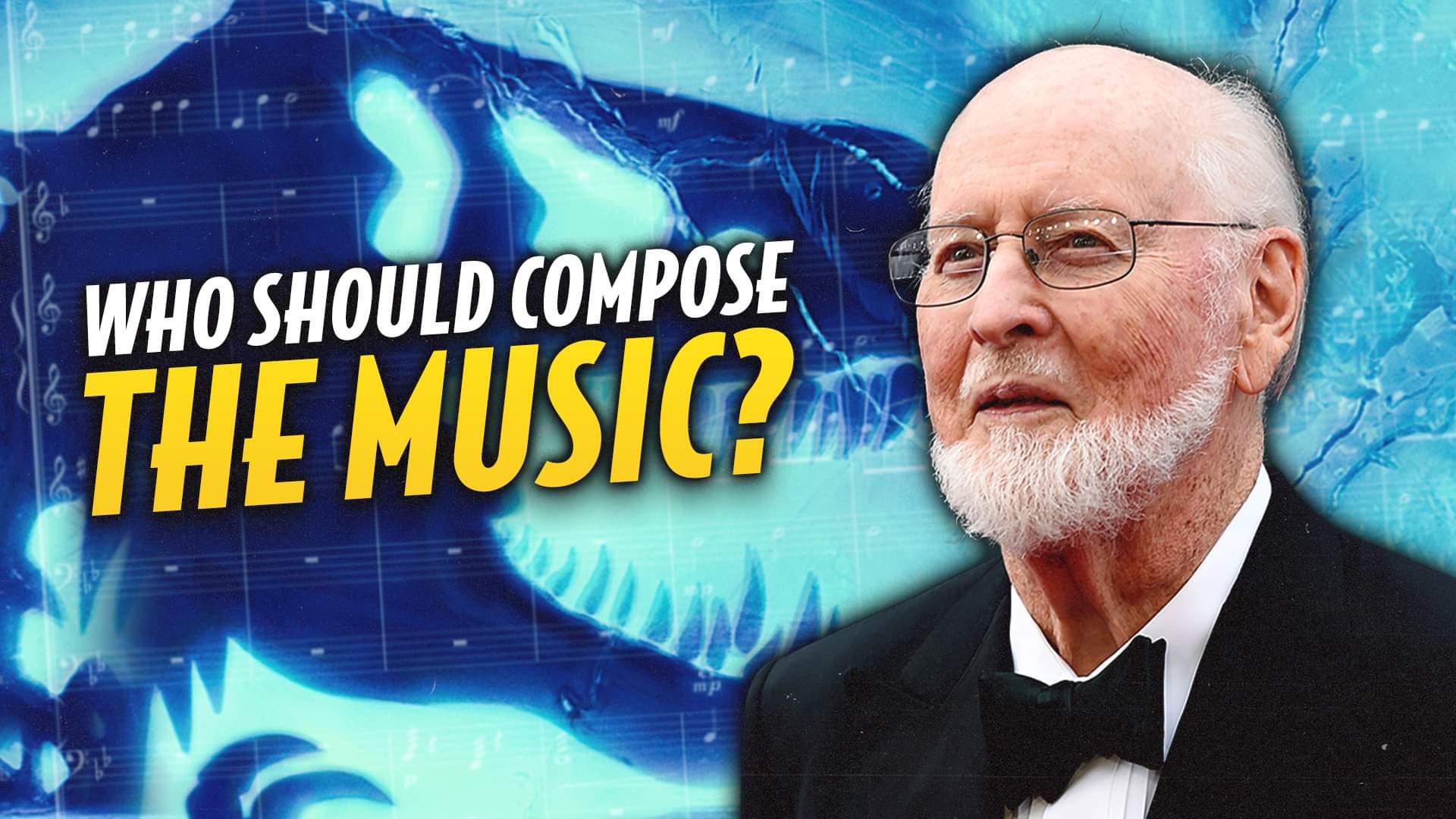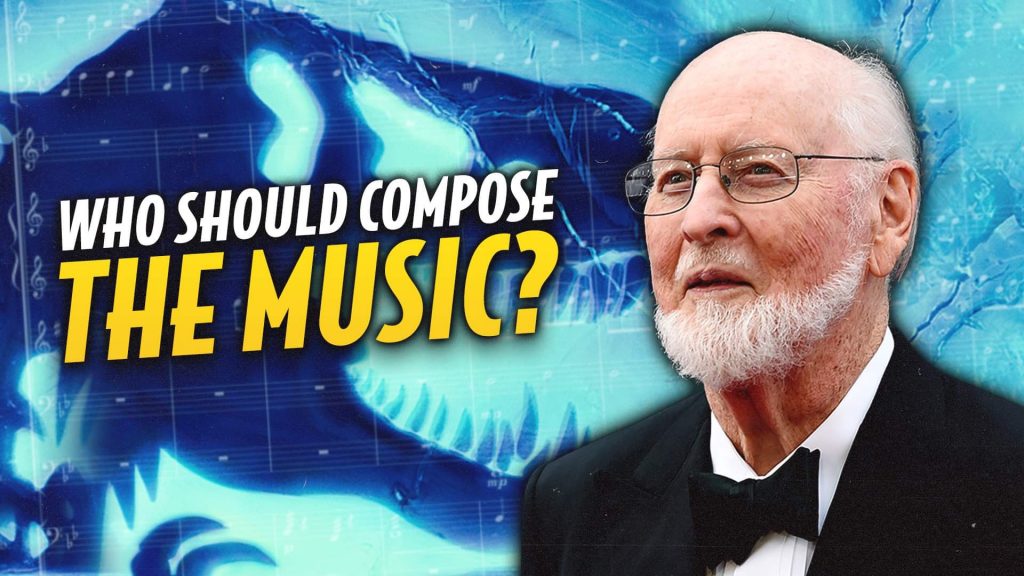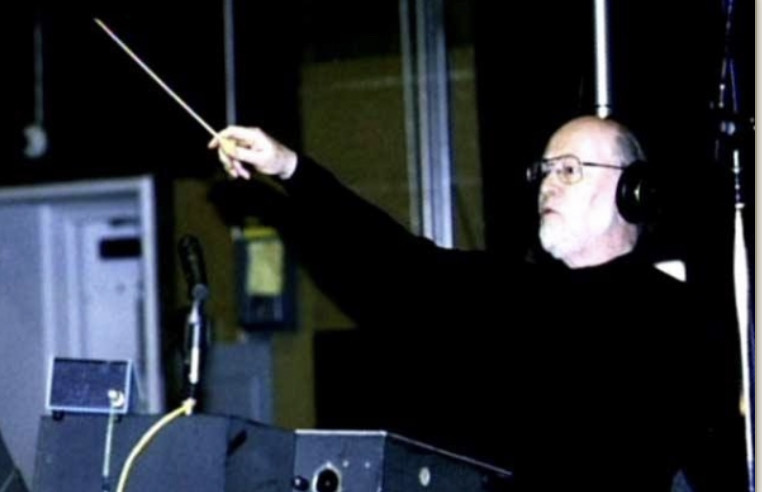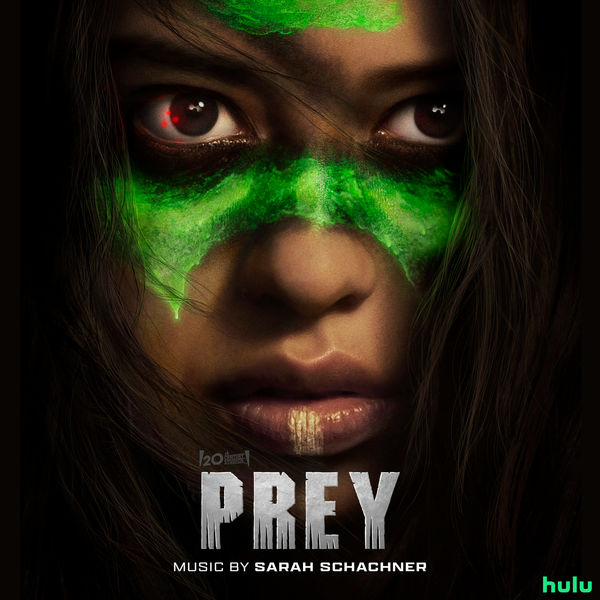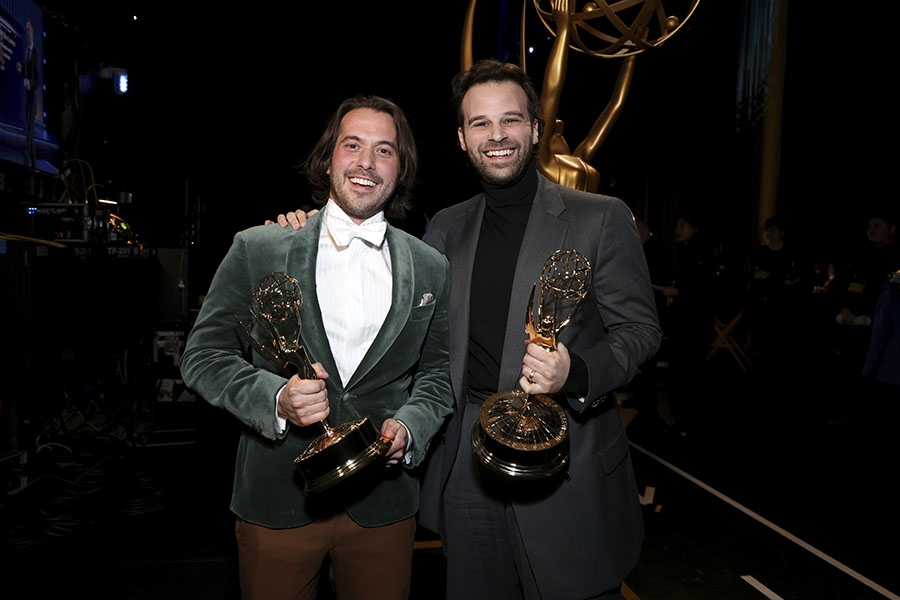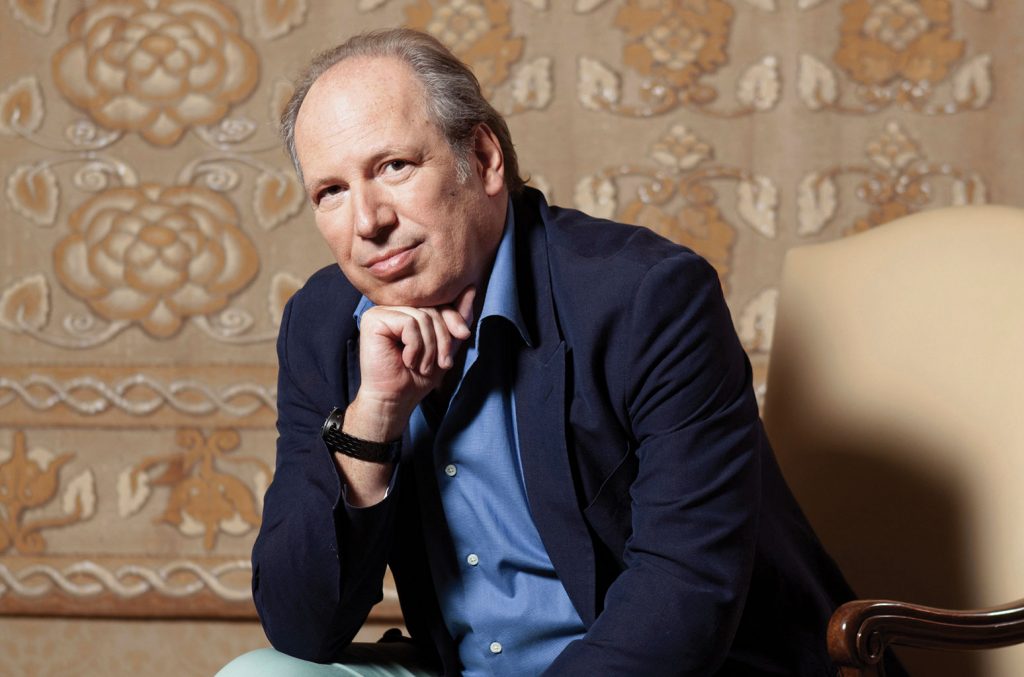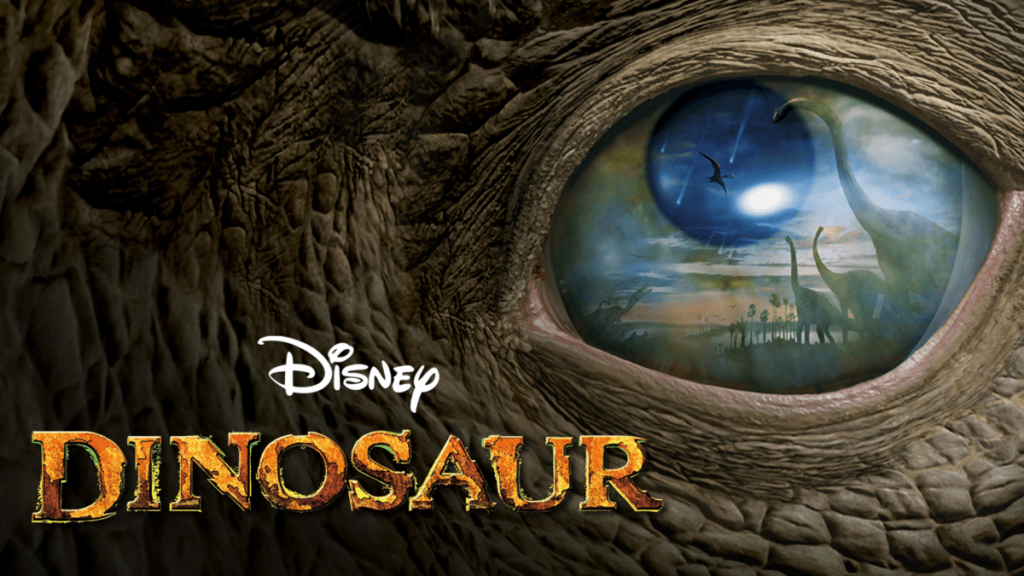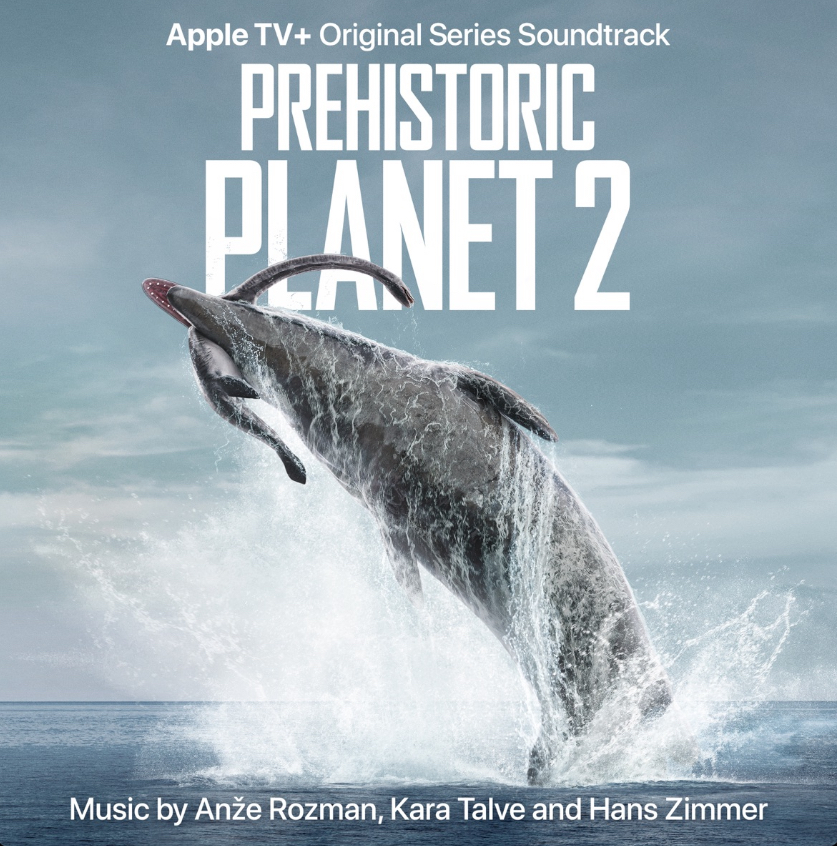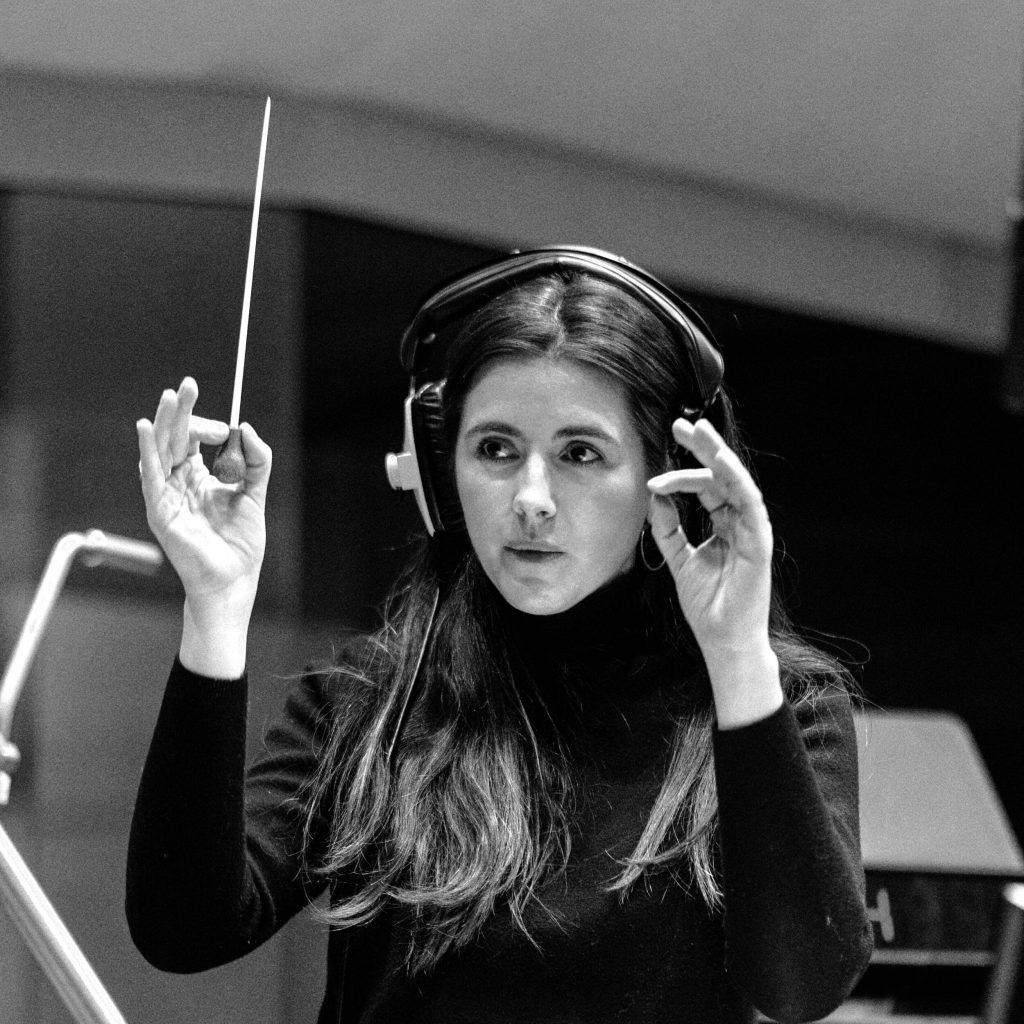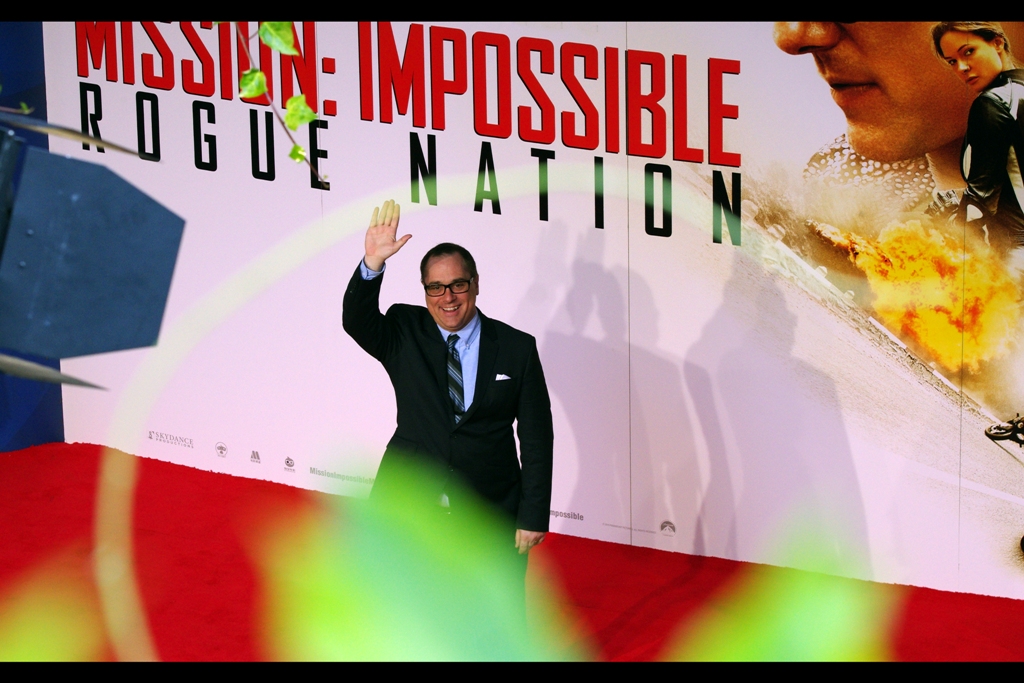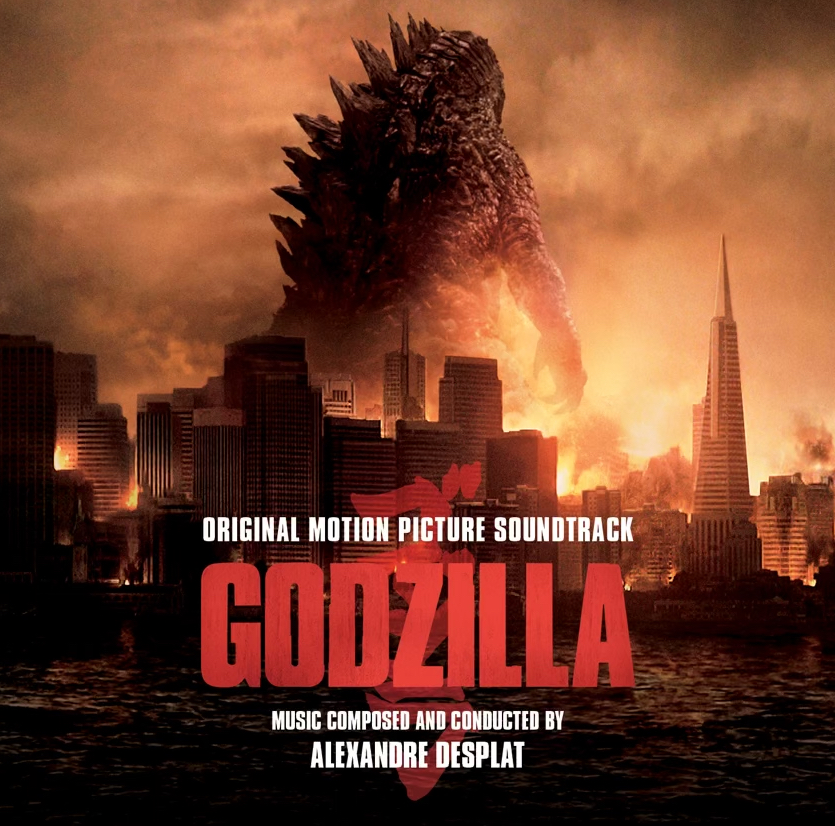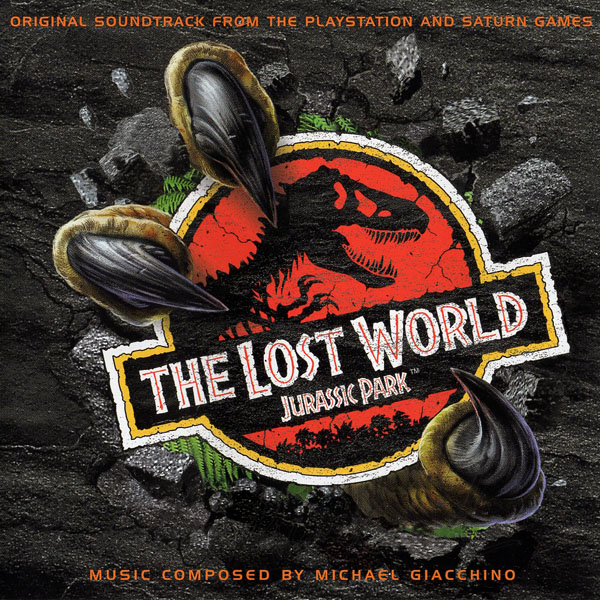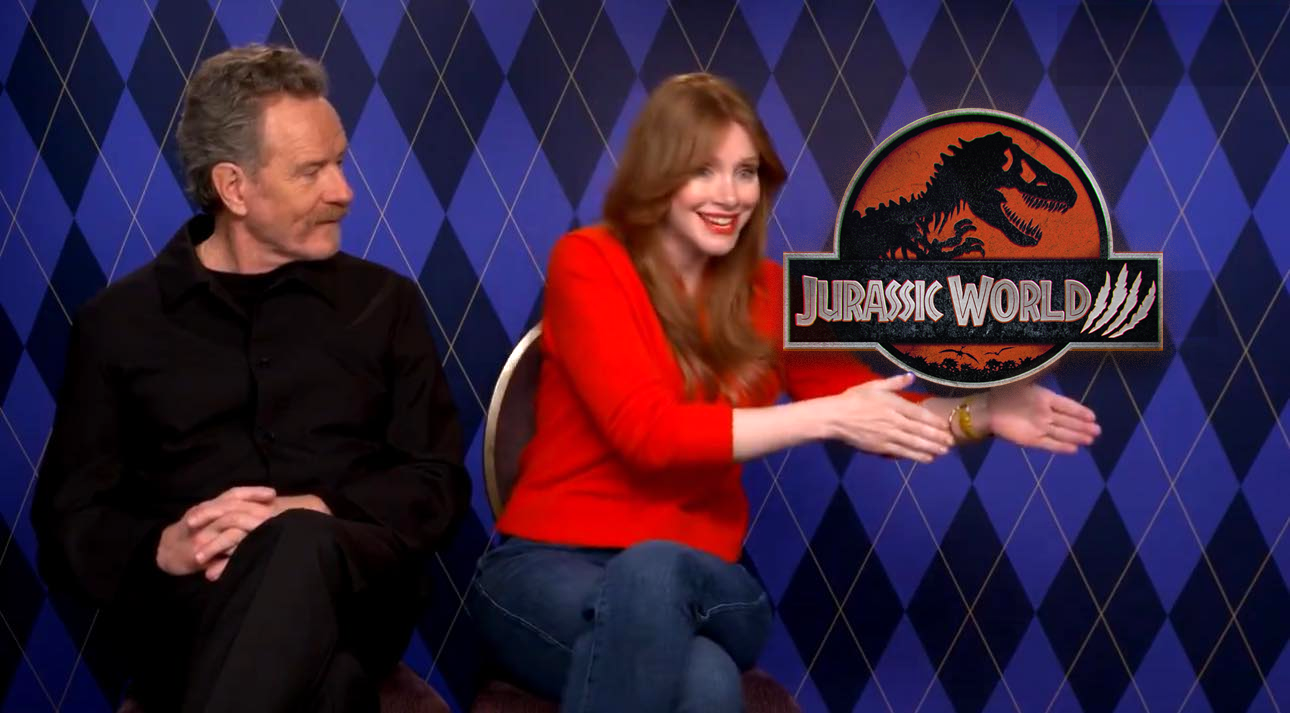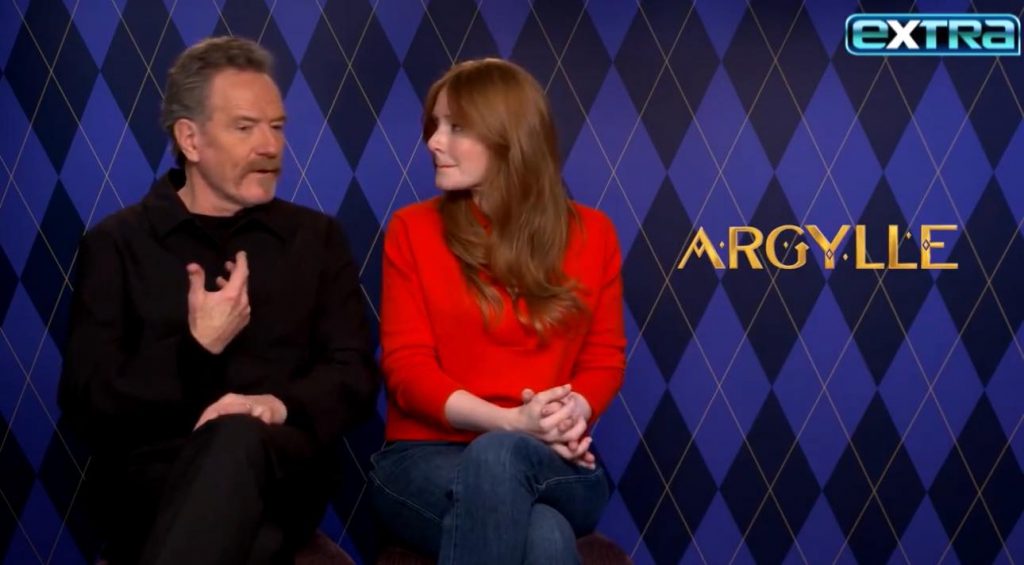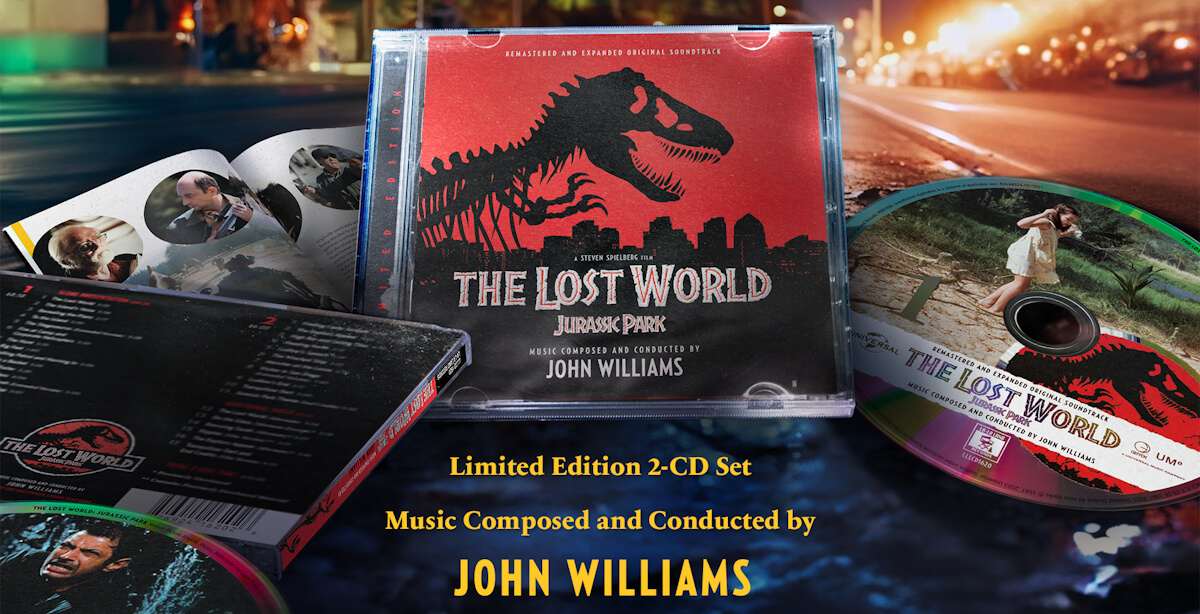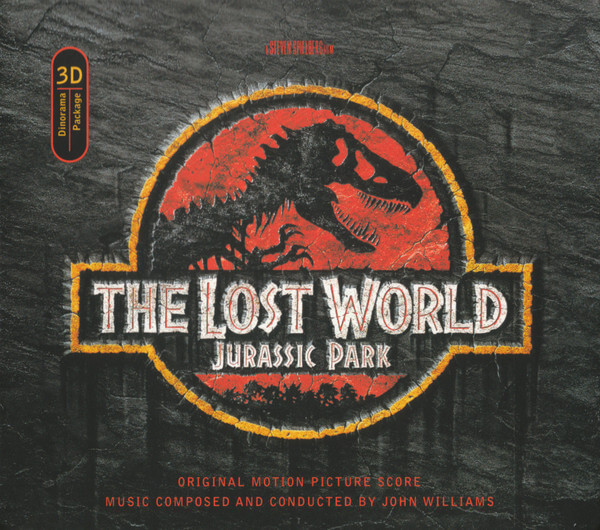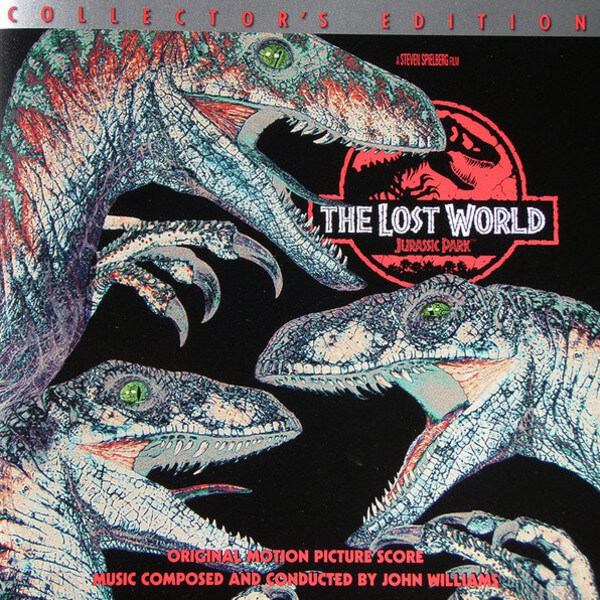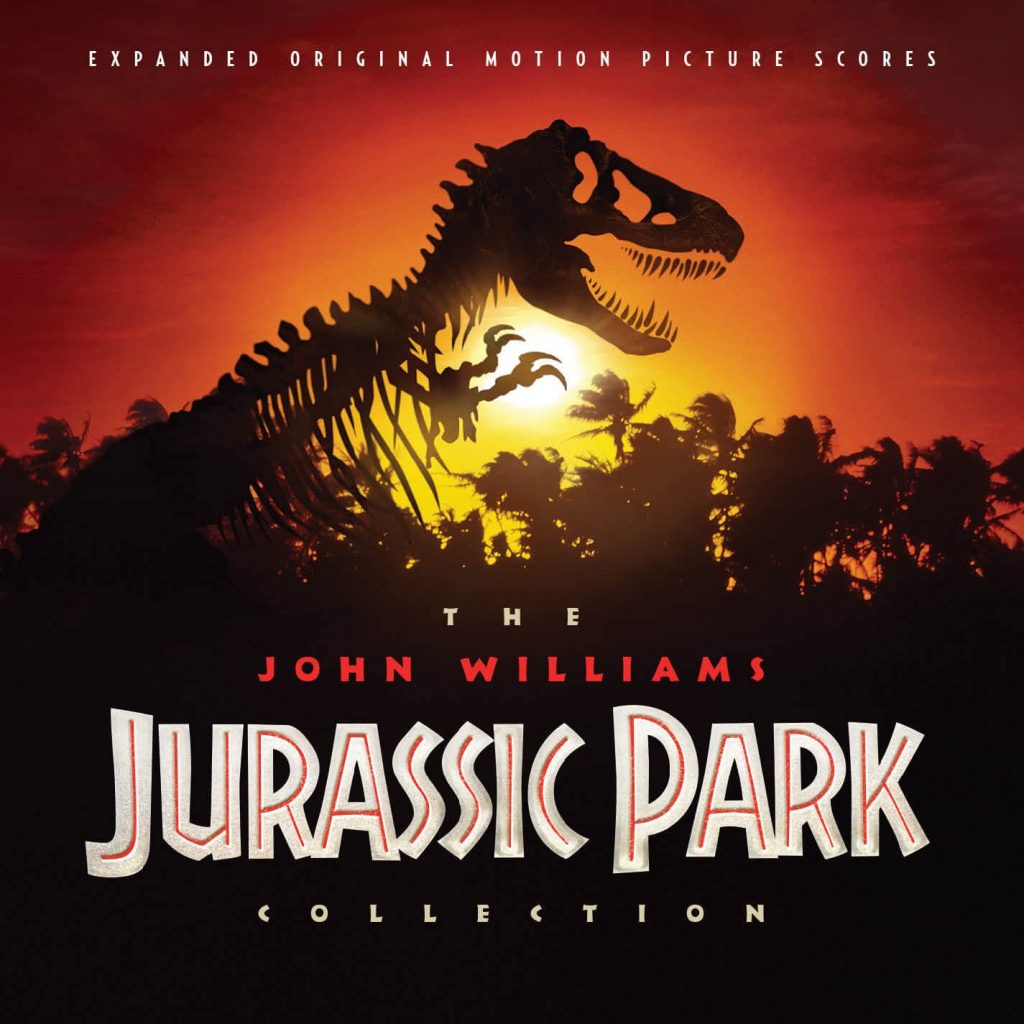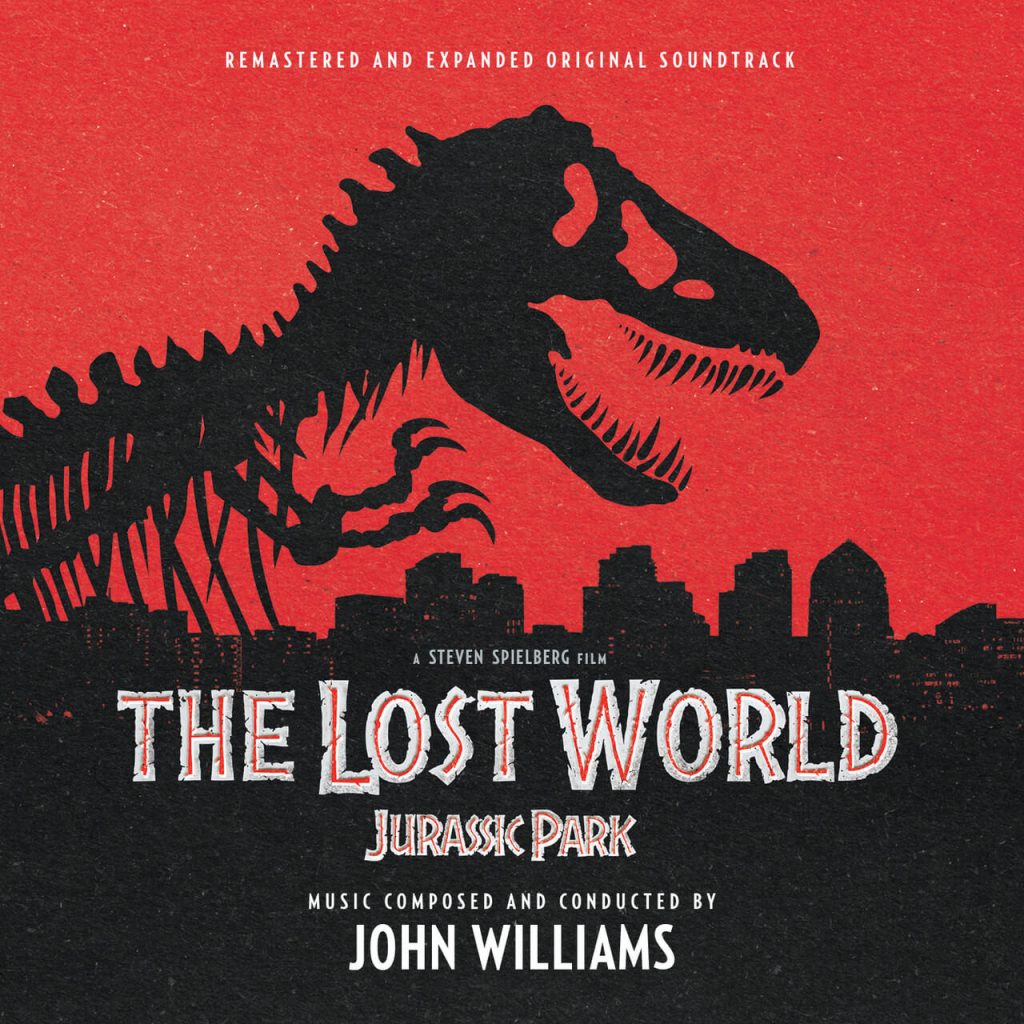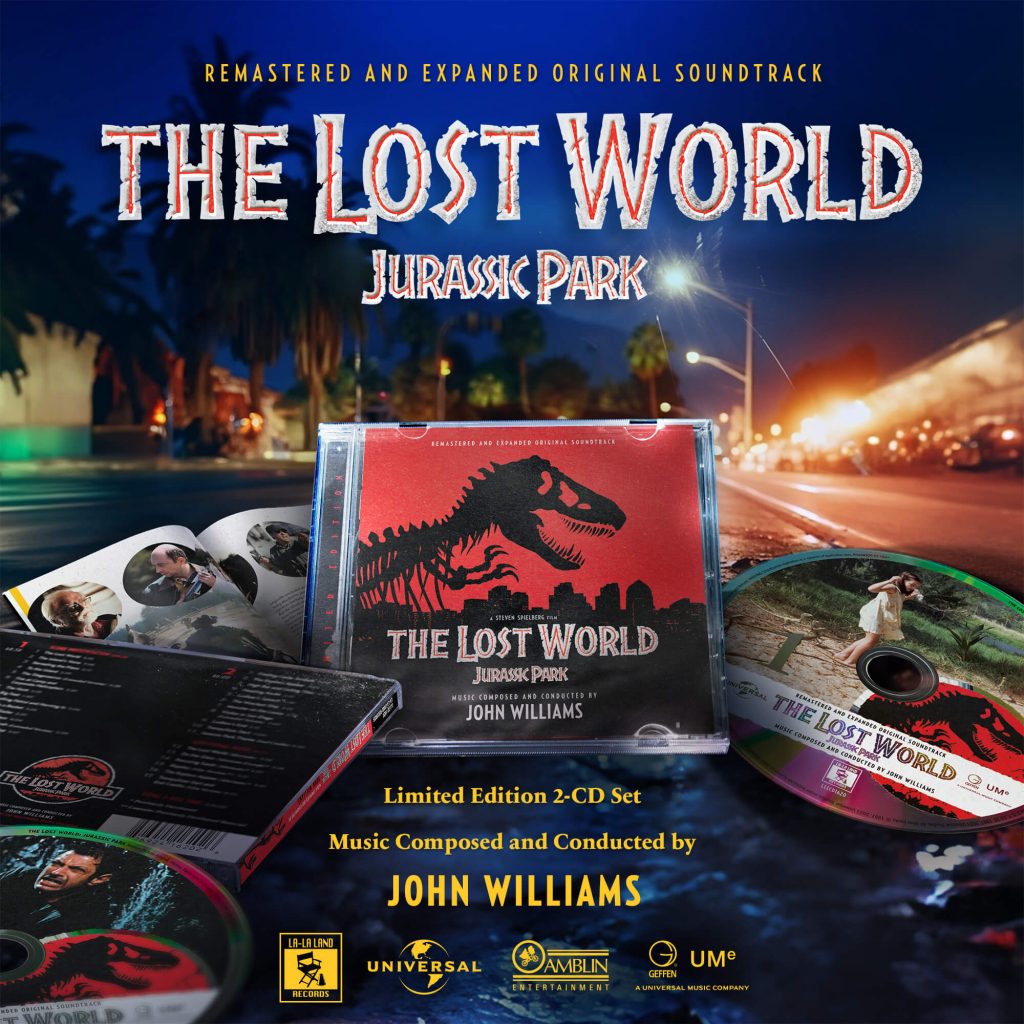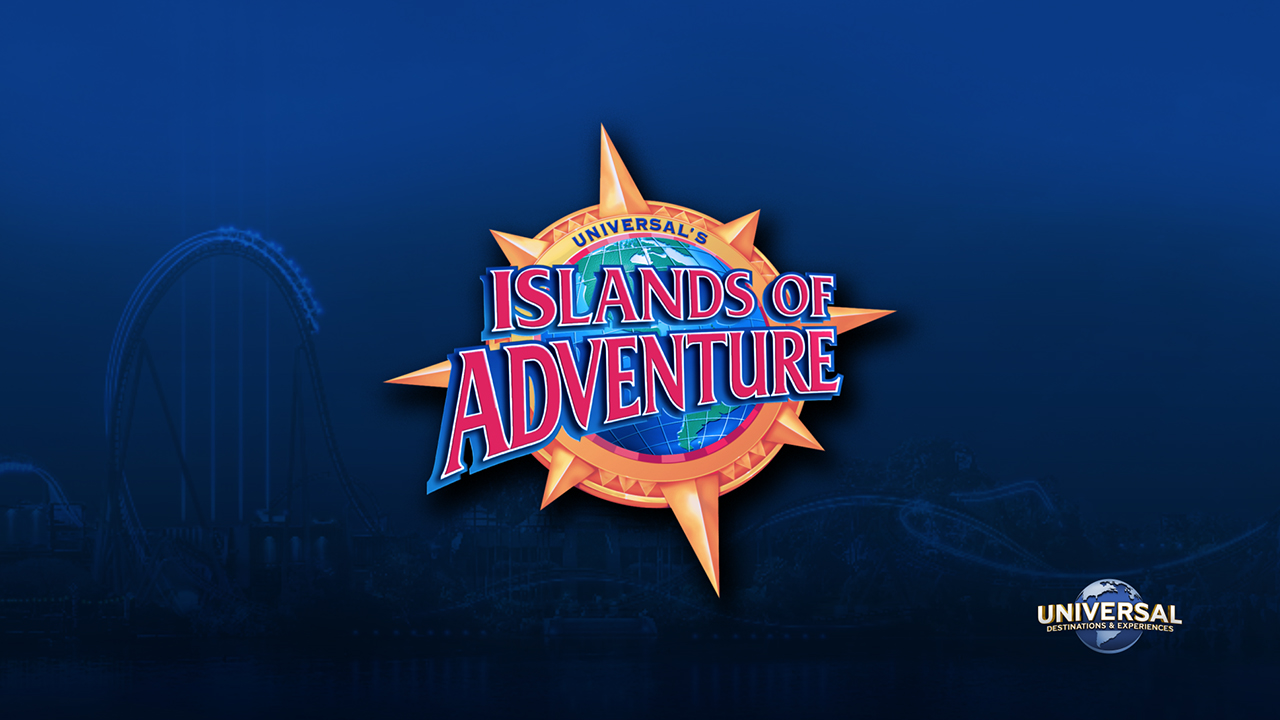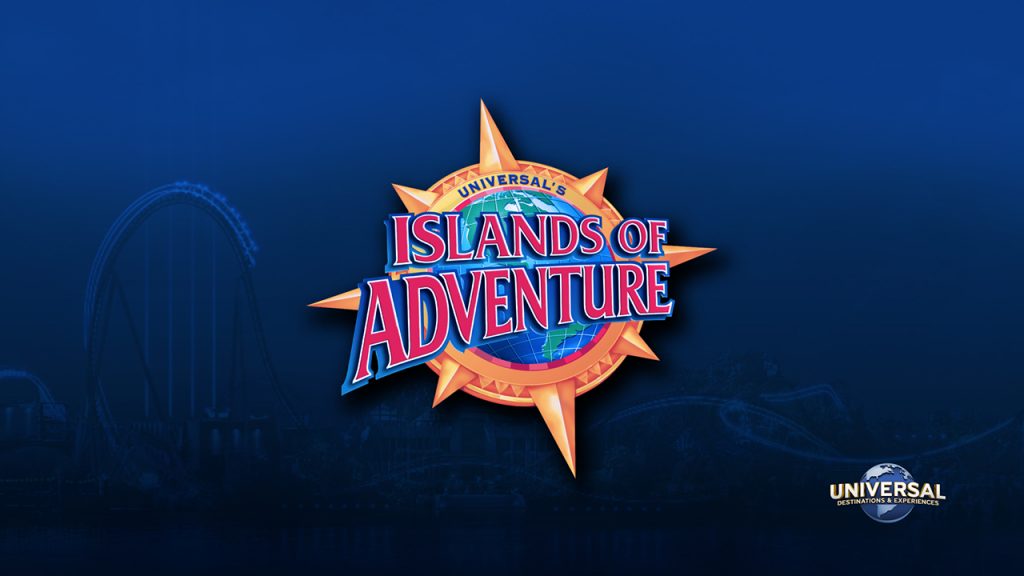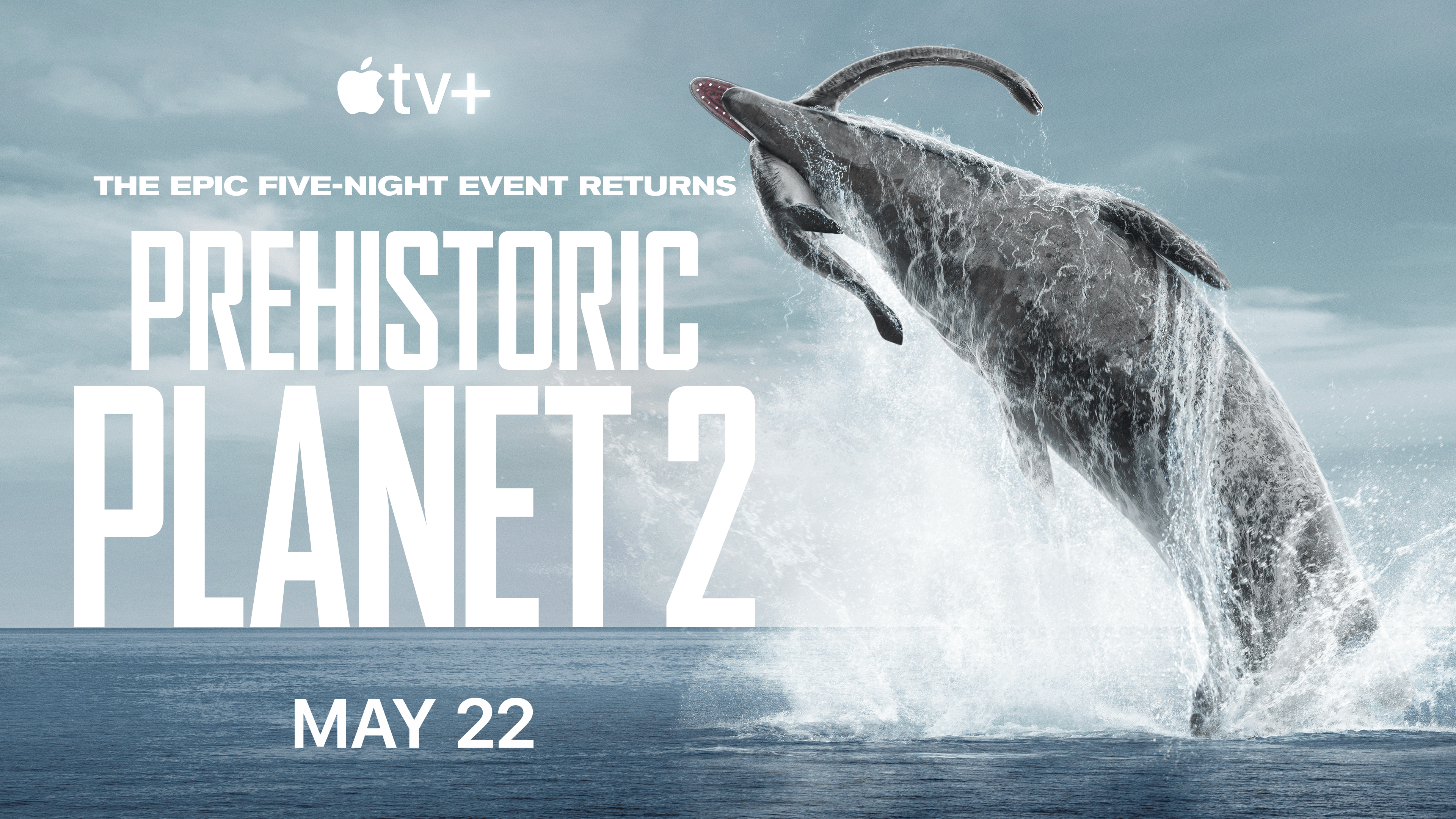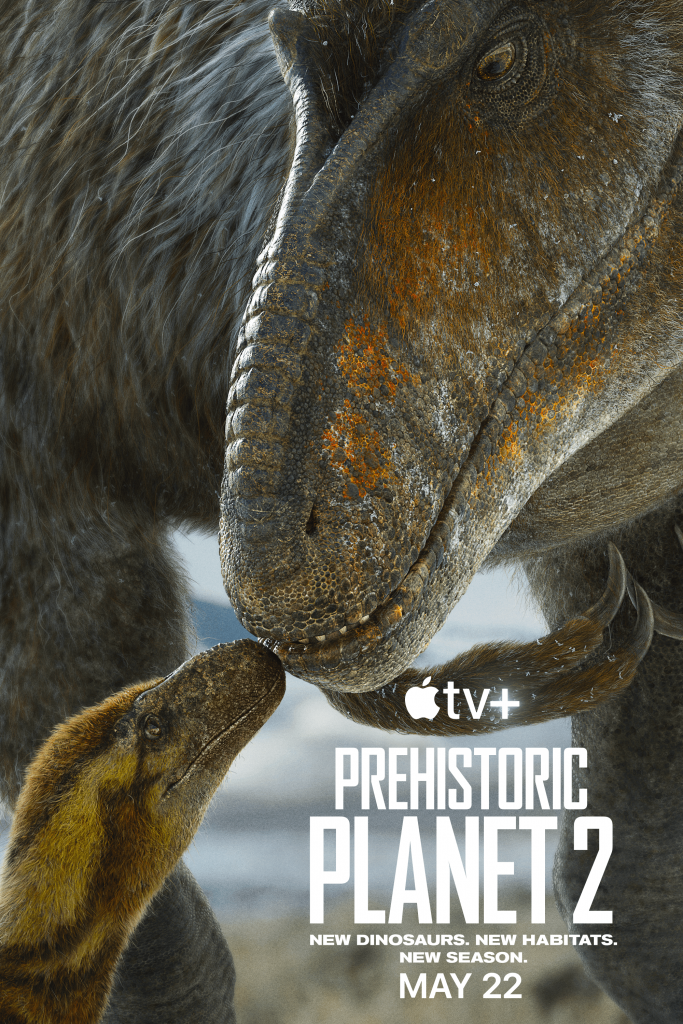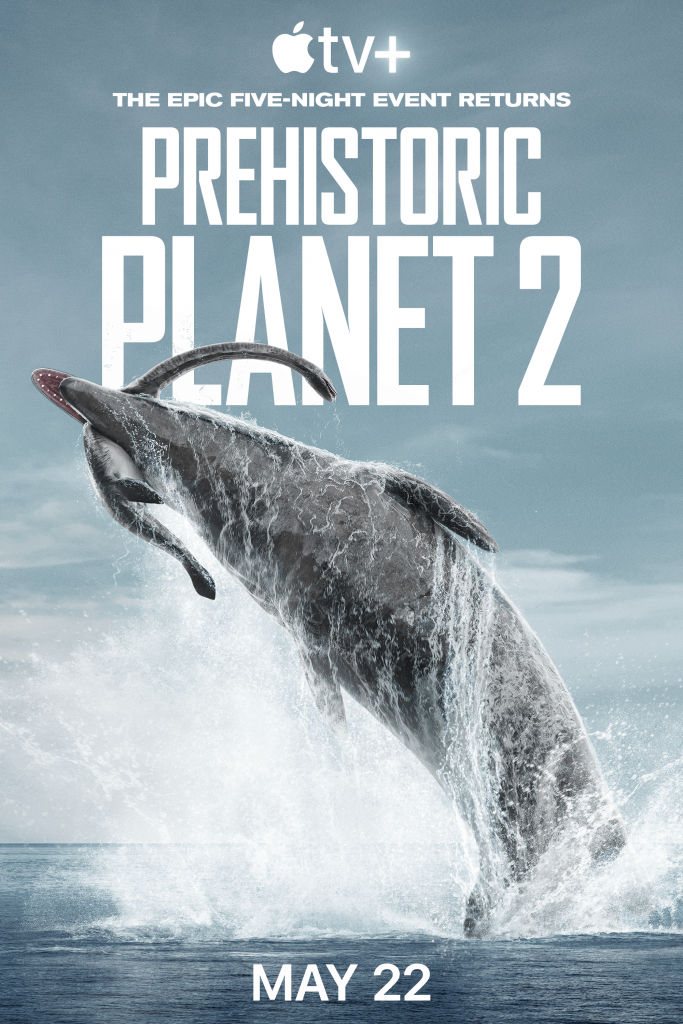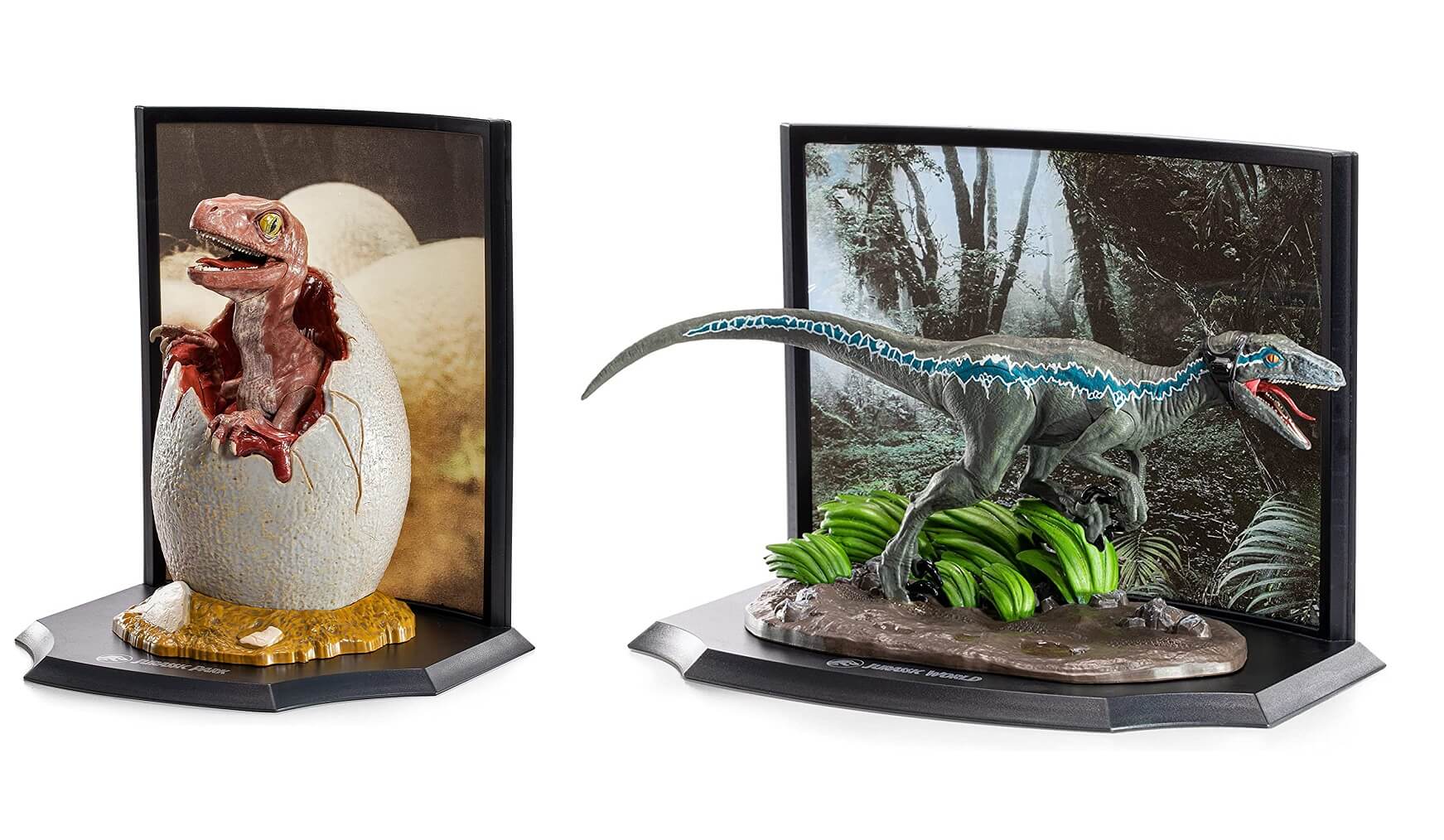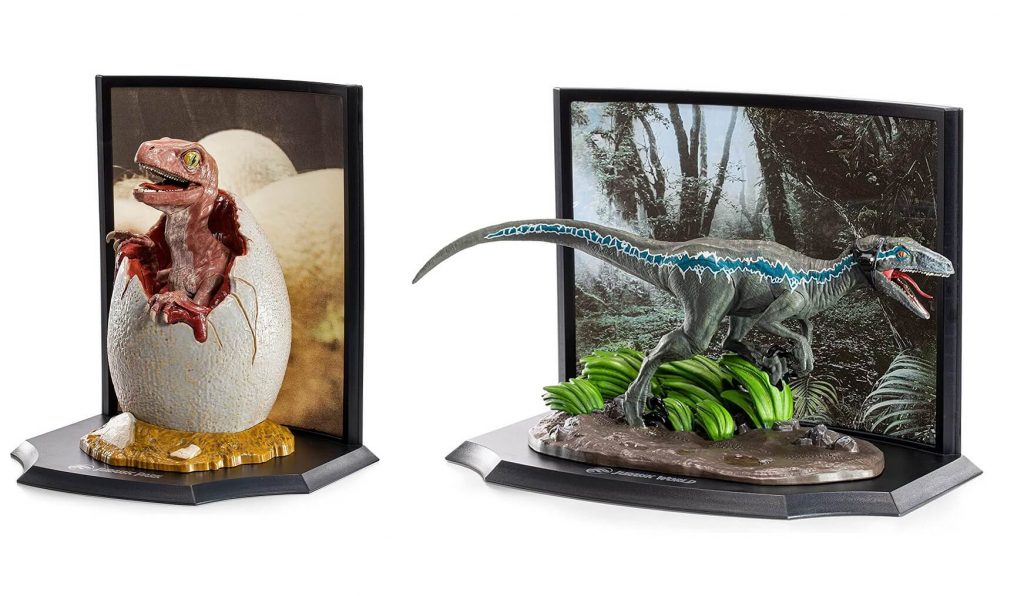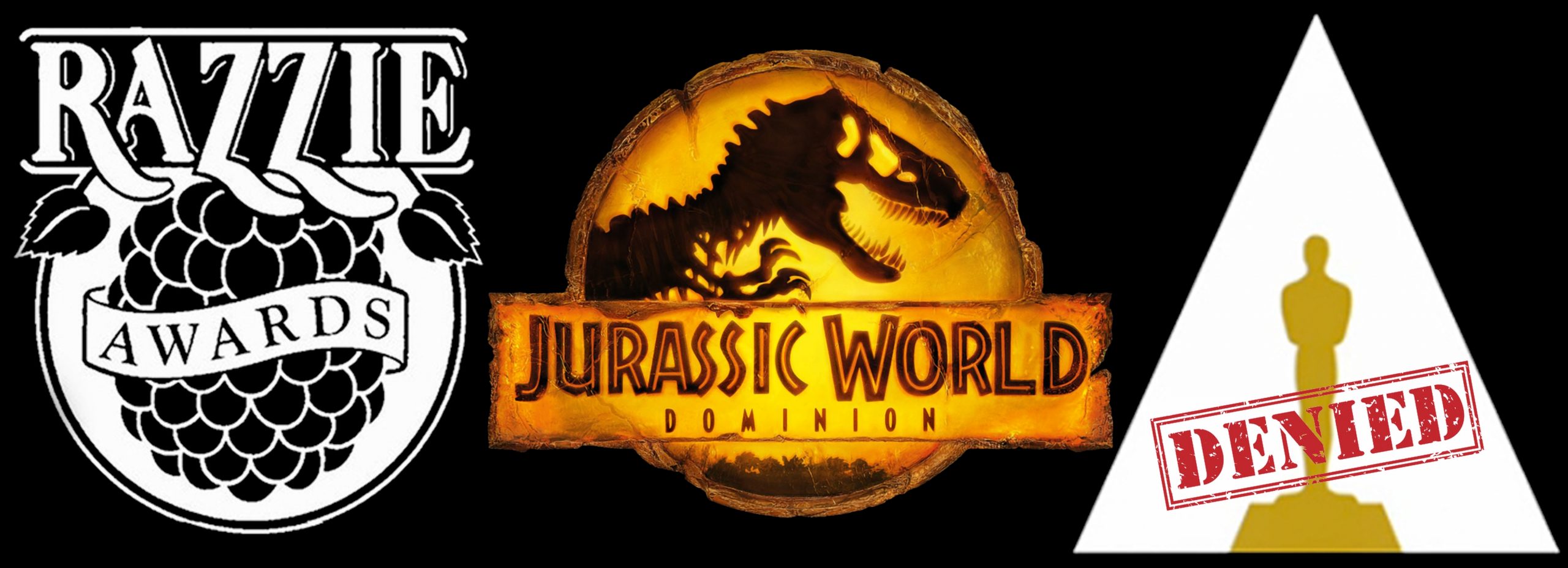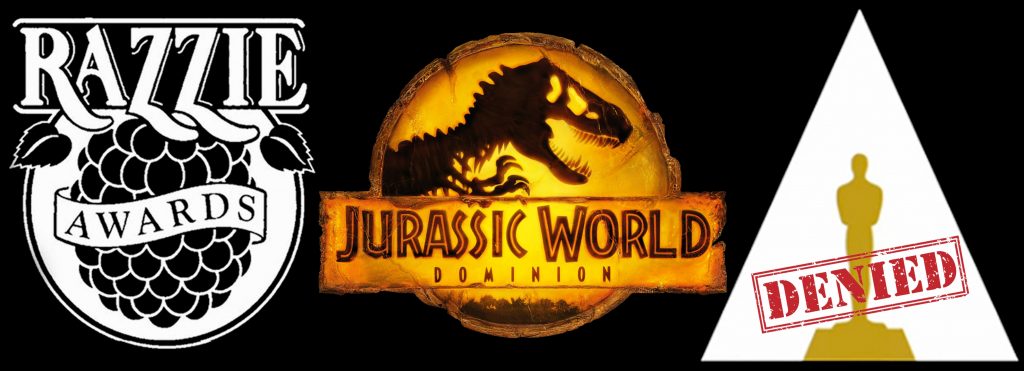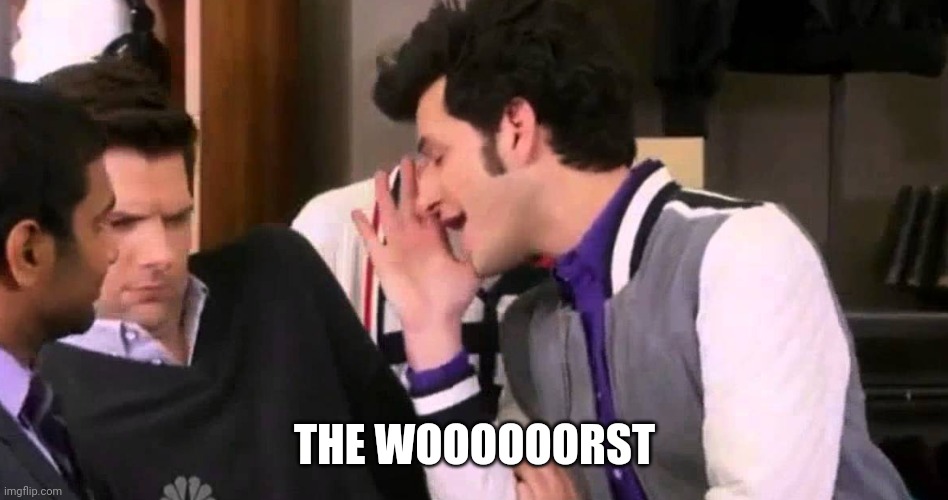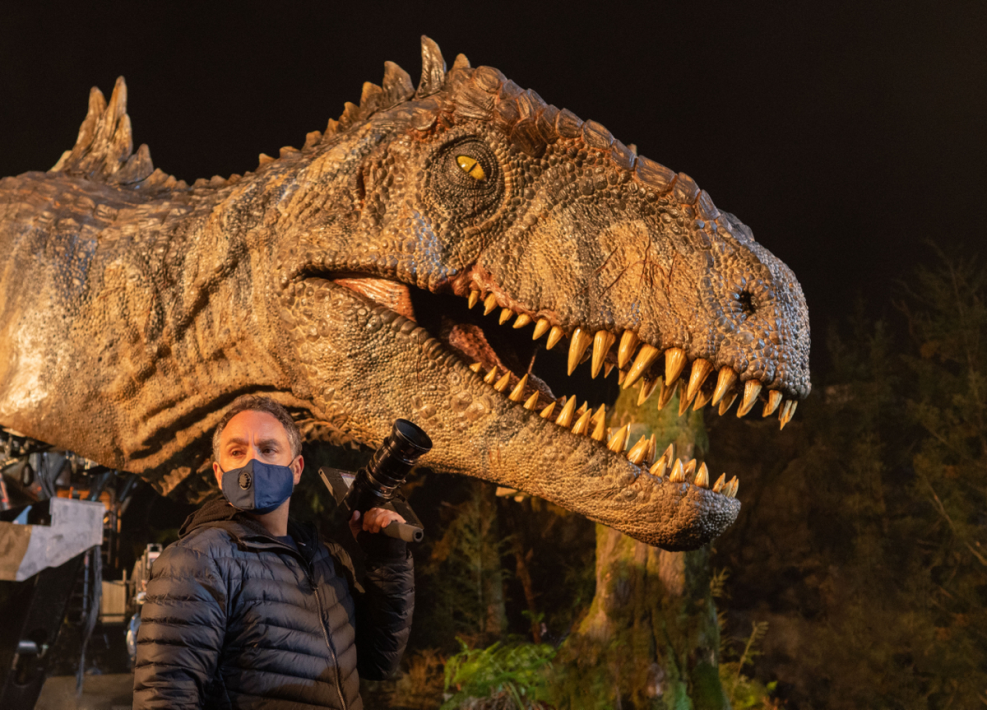We’ve been lucky enough to catch Jurassic World’s new animated show Chaos Theory ahead of its debut on Netflix on May 24th!
The show is a follow-up to Camp Cretaceous, an animated series that saw six campers become stranded on the island of Jurassic World after the Indominus Rex disaster. Chaos Theory picks up a number of years after their eventual rescue, and follows these familiar faces as they tackle various dangers and threats in the new modern world.
We’re going to give you our thoughts on season one of Jurassic World: Chaos Theory! As always with these reviews – if you want to remain completely spoiler free then maybe best to avoid this one, but either way we won’t be spoiling any major plot points here!
Read on for our review of Season ONE of Jurassic World: Chaos Theory…
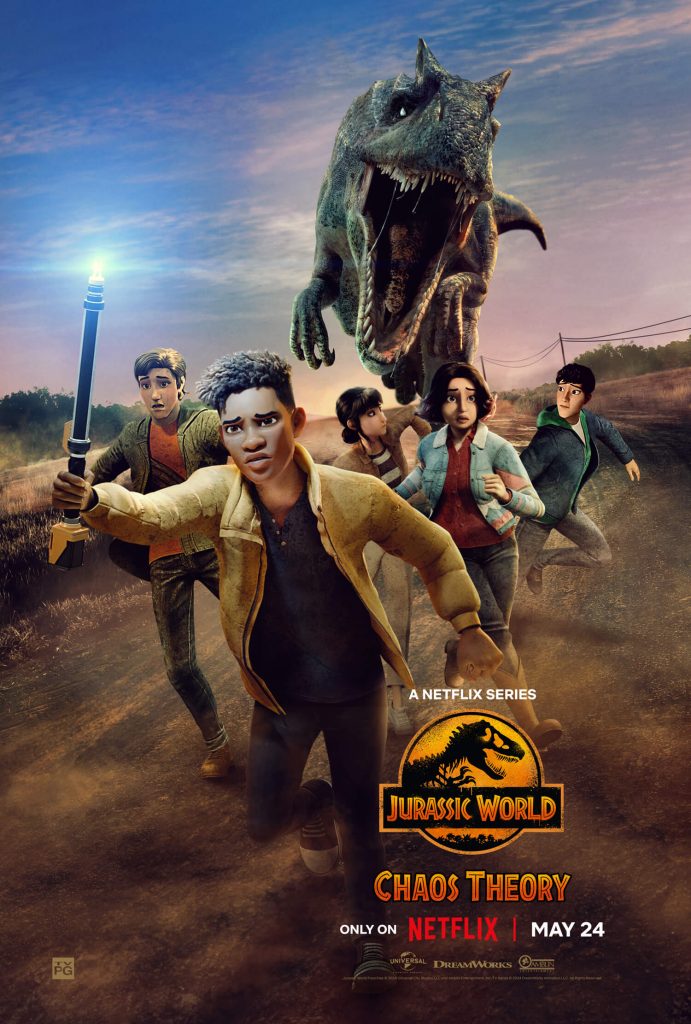
Chaos Theory is a thrill ride from start to finish – one would honestly expect nothing less from the follow-up series to Camp Cretaceous. While Jurassic’s first animated outing secluded the stories to the dinosaur-riddled islands of the pacific, Chaos Theory firmly places us in the present day, or near enough anyway, in a Jurassic world where dinosaurs now roam.
The Nublar Six are now famous – or perhaps infamous – for their ties to the Jurassic World disaster and the dinosaurs that it has ultimately unleashed upon the world. Very early on in the story Chaos Theory perfectly demonstrates the concept that was set up and teased to the audience in Fallen Kingdom: dinosaurs in our world. Arguably this concept is still a desired one, having not been a very large feature in the final World movie, but Chaos Theory showcases it really well, throughout the story, in ways that are natural, engaging, and realistic.
The very first episode, “Aftershock,” teases this concept with radio commentary from disgruntled civilians; the reality of dinosaurs in our world isn’t a dinotopia. The writers have carefully crafted the world that we enter to show us these realities in ways the movies haven’t, and sometimes a single shot tells you everything you need to know. Chaos Theory continues to show us that these dinosaurs are not monsters, but animals living in an unfamiliar world. And don’t forget, this is the first time we are truly seeing an expansive, detailed look at dinosaurs being out on the mainland, a very important and world-changing period of time in the Jurassic story.
The first season of Chaos Theory is an unravelling mystery that takes – with confidence – a darker, shadier, and more mature tone than its predecessor. Our campers have grown, and with that, so too has the storytelling. Many elements of the campers’ search for the truth while evading dinosaur and human danger harken back to the Nublar Six’s experiences doing the very same things on Isla Nublar. But in some ways, this feels like a whole new BEAST.
Writer & showrunner Scott Kreamer and his team have shown here that they understand this franchise. Chaos Theory seems to perfectly represent a crossing of the two Jurassic eras, each with their own distinct tones. Both fans of the Jurassic Park trilogy AND fans of the Jurassic World trilogy will feel like there is something for them here.
The show is filled with references and callbacks to the early movies, and seemingly a number directly to The Lost World. Chaos Theory brings back the RAPTORS, those gloriously cunning and violent beasts. They are here, and while not Velociraptors, the Atrociraptors from Dominion are absolutely vicious in this show and if you’ve been longing for some raptor action – then Chaos Theory delivers.
None of the characters feel out of place and they all feel like grown, developed versions of their former selves, characters who have reacted and adapted to the new world they live in. All the minute observations, the micro behaviors that make these characters themselves – they’re all on display here. The personal relationships and the intricacies of these characters continue to be the strongest element of this series.
One of our favourite elements in this first season is Yasmina’s personal struggle with what happened to them on the islands. The dream sequence that we saw in Camp Cretaceous showed us how the experience was already tormenting her, and this show continues to explore that narrative with her character’s growth.
And maybe we should address the elephant in the room: Brooklynn. We won’t be spoiling anything, as this show deserves YOUR viewing experience. You will like where this goes, and how it unravels. It’s emotional, it’s nerve-wracking, it’s a new Jurassic world.
The additional characters in this show, while not main features, all hold their own well. There is one who will likely become the most memorable, and the humor he brings is the perfect comedic timing required in this… pretty intense show.
Visually, this show delivers! Diverse locations, great lighting and composition – it all comes together here to provide some fantastic visuals. The animation and lighting in many environments is simply gorgeous. From dazzling sunsets to moonlit horrors, the understanding of Jurassic’s color pallet is on display here. The dinosaurs themselves appear to have had some polish too, looking even closer to their movie counterparts than the already impressive Camp Cretaceous. There are some moments in this season that look near photo-realistic, adding to the beauty and mystique of the series.
Of course, there are new dinosaurs which deliver on the chills and thrills you would expect from a Jurassic World. But we also get incredibly touching moments between man and dinosaur which continue to prove that these dinosaurs (most of them anyway) are animals – animals that deserve our respect. Chaos Theory simultaneously dials up the intensity and terror of dinosaur encounters. It doesn’t shy away from the reality of it, and we love that.
While some encounters might leave you thinking of Maisie’s superhuman escape abilities in Fallen Kingdom, overall this series is an improvement on an already great premise that fans of the Jurassic story want to see. Camp Cretaceous fans will be happy with the show’s new direction and the quality time spent with beloved characters. We can’t help but be excited for what might come next!
The overall story doesn’t shy away from its conspiratorial inspiration: the ever-growing distrust of establishment, corporations, and the media. It’s all quite present as this story evolves. This show is off to an excellent start at building a mysterious, dramatic new world for our characters to navigate with its dark, engaging visuals, striking musical score, and excellent voice performances.
The show, the ending, all of it will all leave you wanting more, not just for what happens but for the fact that this first season flies by. It’s tight, contained, and near perfect in its execution. Another big credit to executive producers Scott Kreamer and Aaron Hammersley, who have created Jurassic’s animated world and made it something worth returning to.
Chaos Theory solidly and progressively fills the space in this franchise that was first opened by Camp Cretaceous, and while the fourth and fifth seasons of that show may have been divisive, Chaos Theory moves forward in the right direction.
We’ve never been in the habit of giving actual ratings in our reviews but what we will say is that Jurassic World: Chaos Theory might be one of the best things to happen in the Jurassic World era.
But that’s just our opinion!
It arrives on Netflix May 24th – and trust us, this one’s worth the watch.
